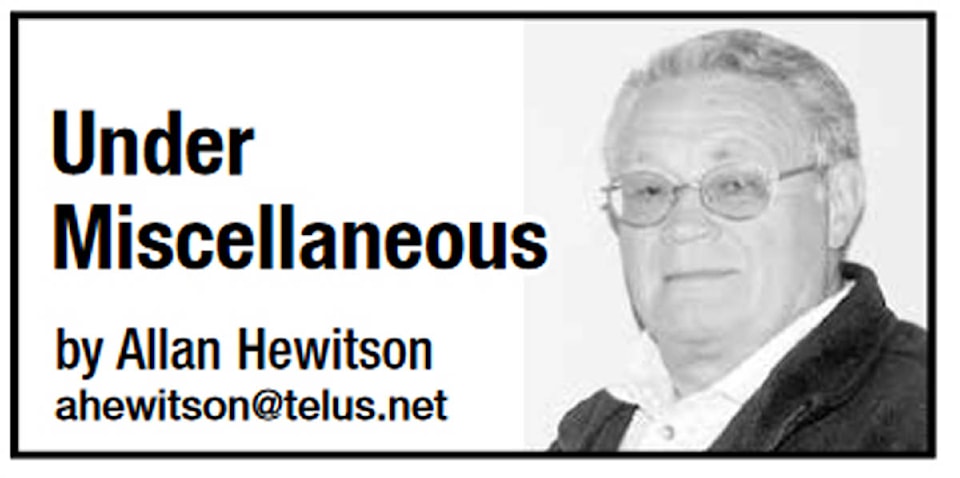By Allan Hewitson
As the Brexit mess proceeds, it appears that U.K. Prime Minister Theresa May could have found a solution to her Irish border problems by looking at what is frequently described as the “world’s longest undefended border” – the Canadian-U.S. Border.
Not sure why they call it undefended, because clearly there are plenty of border rules in place, but they are not quite as loose as the existing situation between Ireland and Northern Ireland.
That 500-km border between Ireland, which will remain in the European Union, and Northern Ireland, which is part of the United Kingdom and will be leaving the bloc, is among numerous challenges facing Britain as the country pursues its so-far disorderly exit from the European Union.
The Irish frontier issue is complex because, under the Northern Irish peace process, the border between the North and Ireland has effectively been allowed to ‘melt away’, with checkpoints dismantled to reduce potential sectarian tensions.
However, both the Brits and the Irish fear the return of a ‘hard border’ there may undermine the agreement that has reduced the sectarian conflict in the North. That is exactly what some feel Brexit will achieve unless Britain remains part of the EU’s single market and a customs union — an option ruled out from the start of the process.
So, for inspiration, they have been comparing with the U.S-Canada border situation – and as usual, politically, there’s no real consensus in Parliament, where Brexit is still very contentious.
After months of stalemate over Brexit, the bloc’s leaders recently agreed to resume talks, but bluntly placed the onus on Mrs. May to identify clearly the type of future relationship Britain wants with them.
This seems to me a bit like going back to the future, like day one almost, although the U.K. PM has called it “an important step on the road to delivering a smooth and orderly Brexit and forging our deep and special future partnership.”
The British government still believes that some of the technological and administrative arrangements currently used at the US-Canada border can help solve their problem in Ireland.
The BBC has reported that Brexit Secretary David Davis visited the border, specifically the crossing between Detroit and Windsor, which handles significant freight traffic, much of it between Ford car factories.
He speaks enthusiastically to the Exiting-the-EU Committee about the “trusted trader” scheme which operates on that border. “I looked at the crossing times: 54 seconds. I looked at the mechanisms - easy, cheap, 15 years old,” he said.
No two politicians, however, seem to see things the same way. Labour Party critic Chris Leslie, also a committee member, saw the Detroit border crossing quite differently - “It is a hard border and would be devastating between Northern Ireland and the Republic,” he stated, describing it as “more bureaucratic than Dover because each truck has to declare 26 different data elements for 40 different U.S. agencies.”
He branded it as “staggering” that the Mrs. May could suggest that similar border arrangements could be used to solve the border problems in Northern Ireland.
So we’ll continue to watch the progress as the U.K. tries to get out from under the bureaucracy of the European Union. Not the least of the challenges is the need for some kind of a long-term agreement for a workable and satisfactory free-trade deal.
Mrs. May insists the U.K. must also exit the European Union’s single market and customs unions, which remove barriers to trade and eliminate tariffs and customs checks in Europe.
Good luck with that – maybe it’s the same with Canada, the U.S. and Mexico seeking a renewed North American Free Trade agreement while Donald Trump runs constant Twitter interference with negotiators.
ahewitson@telus.net
